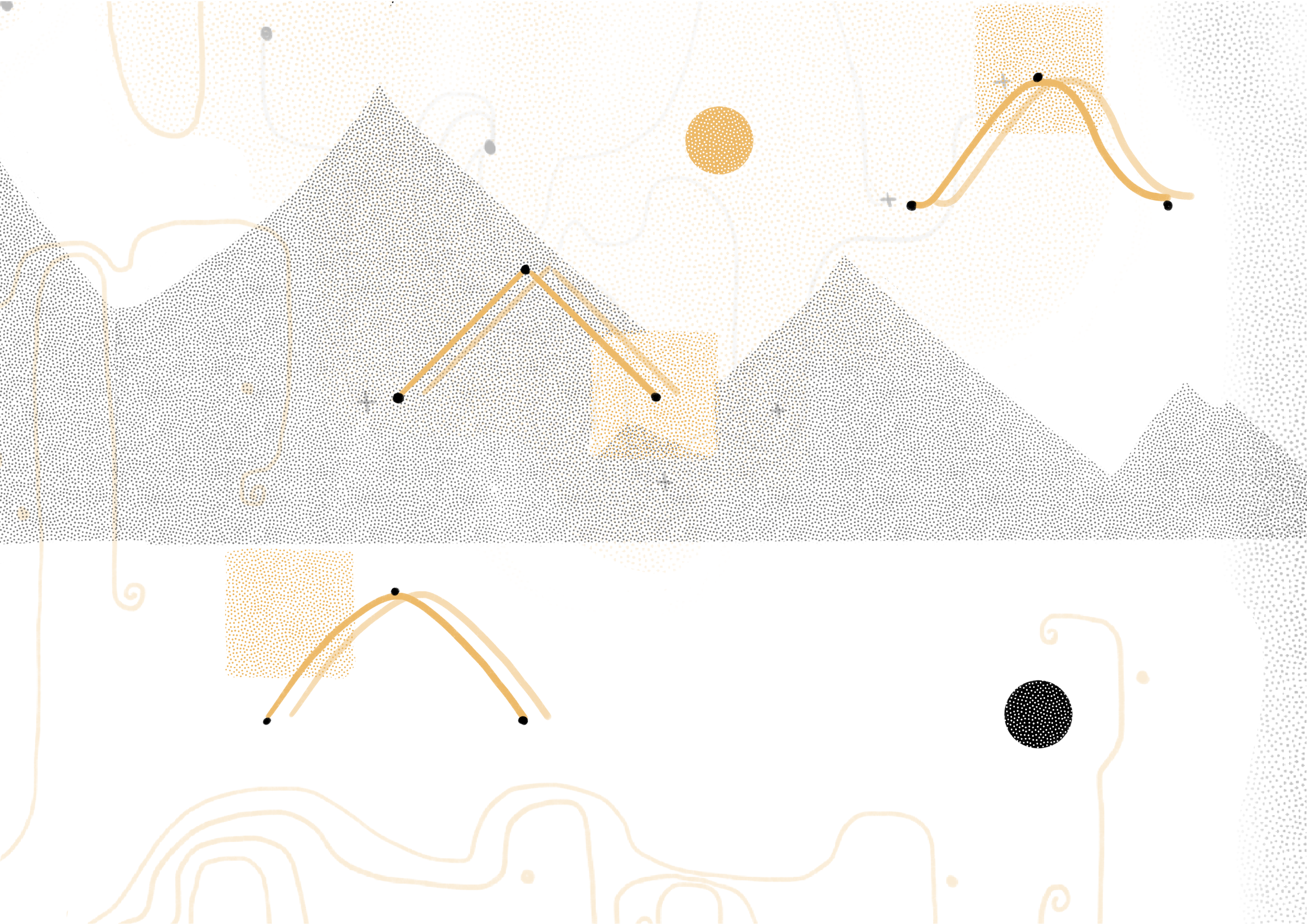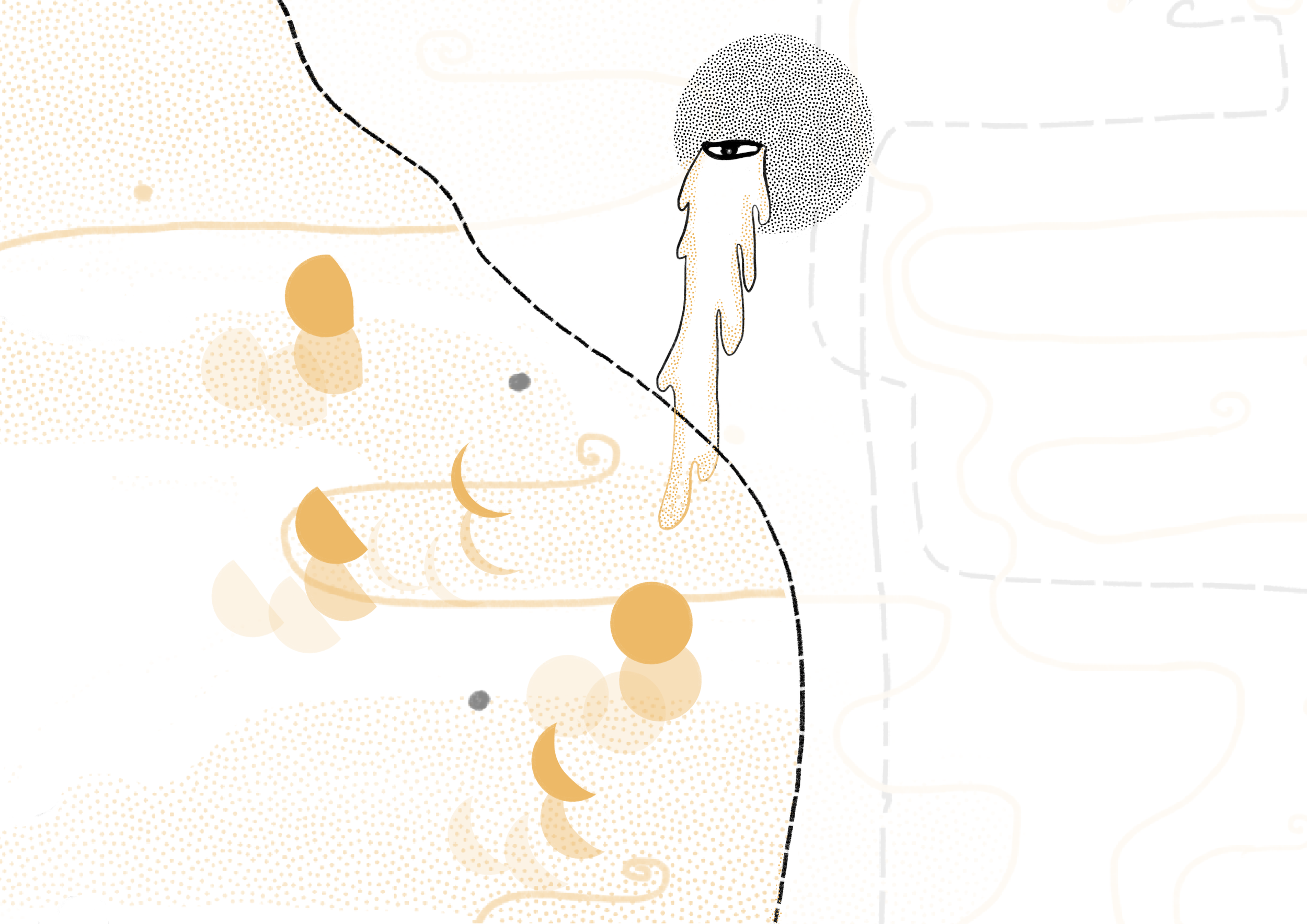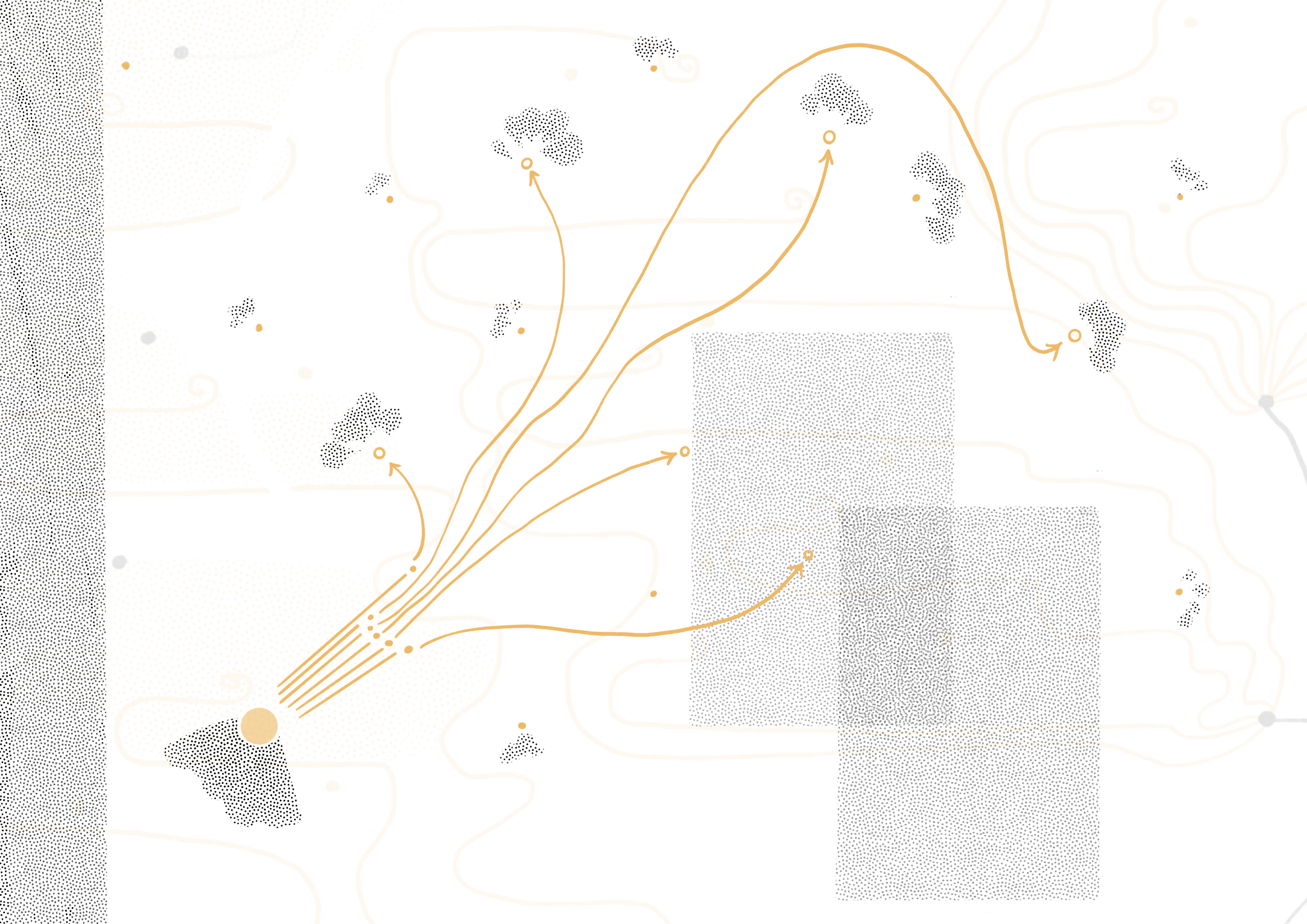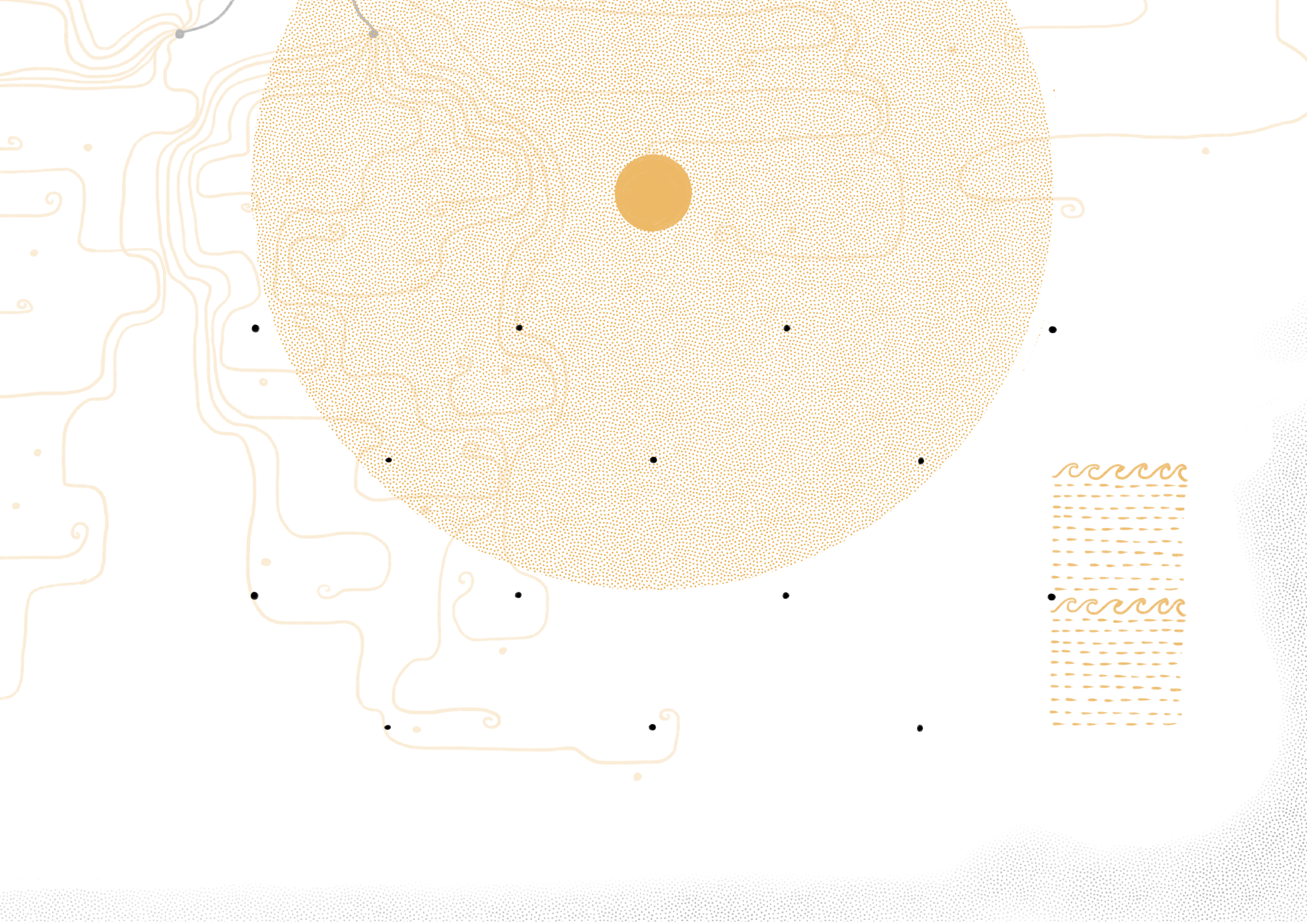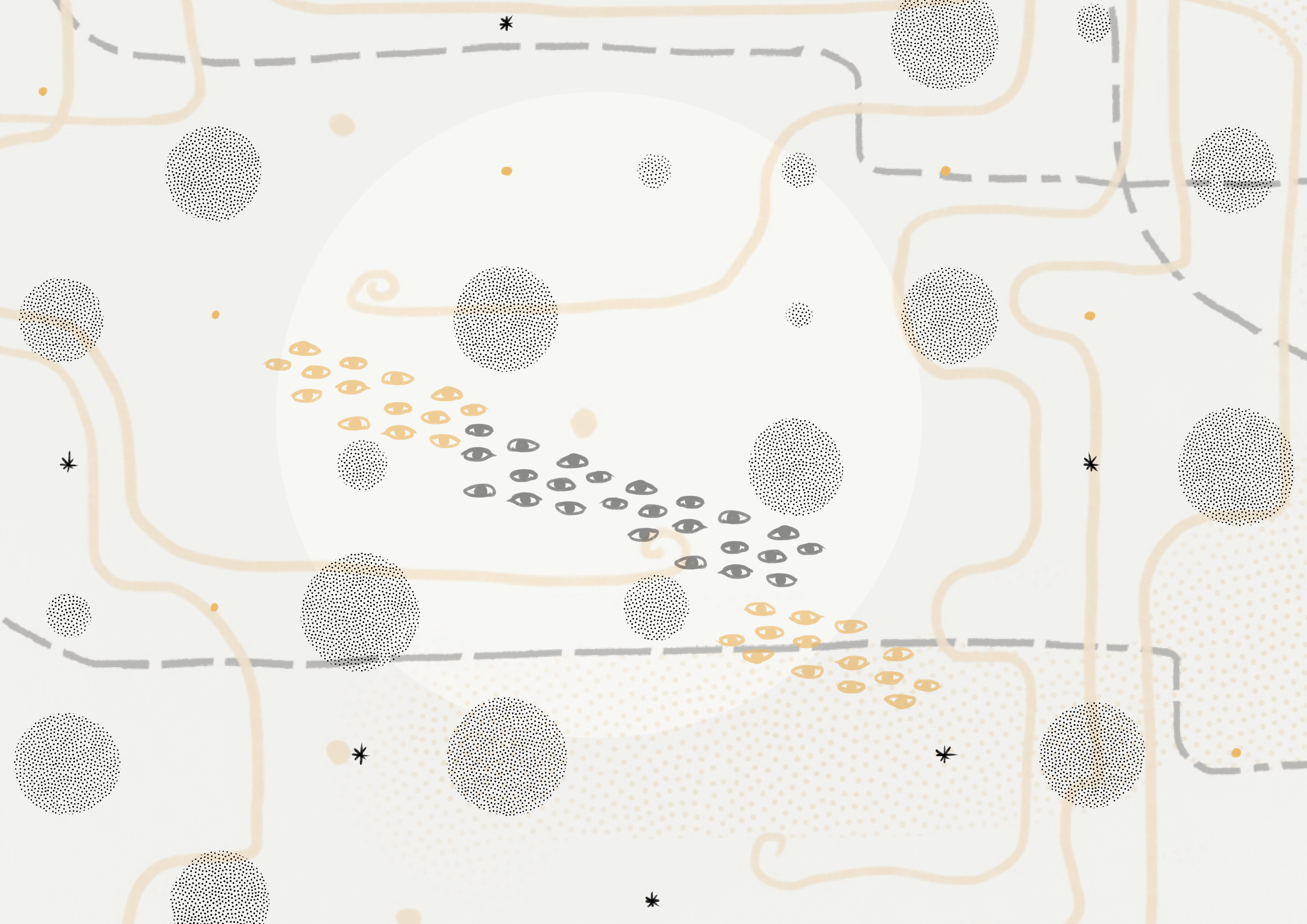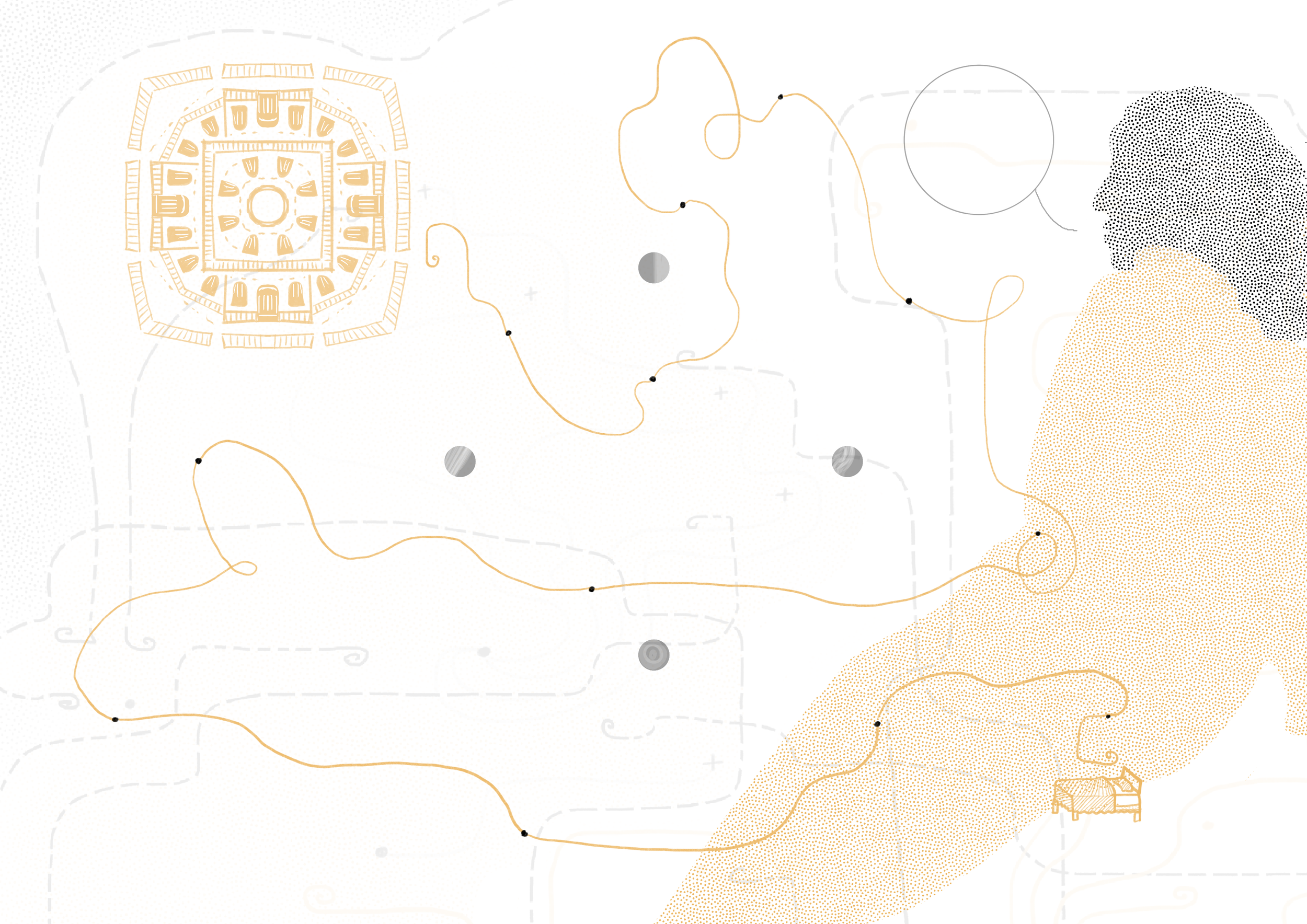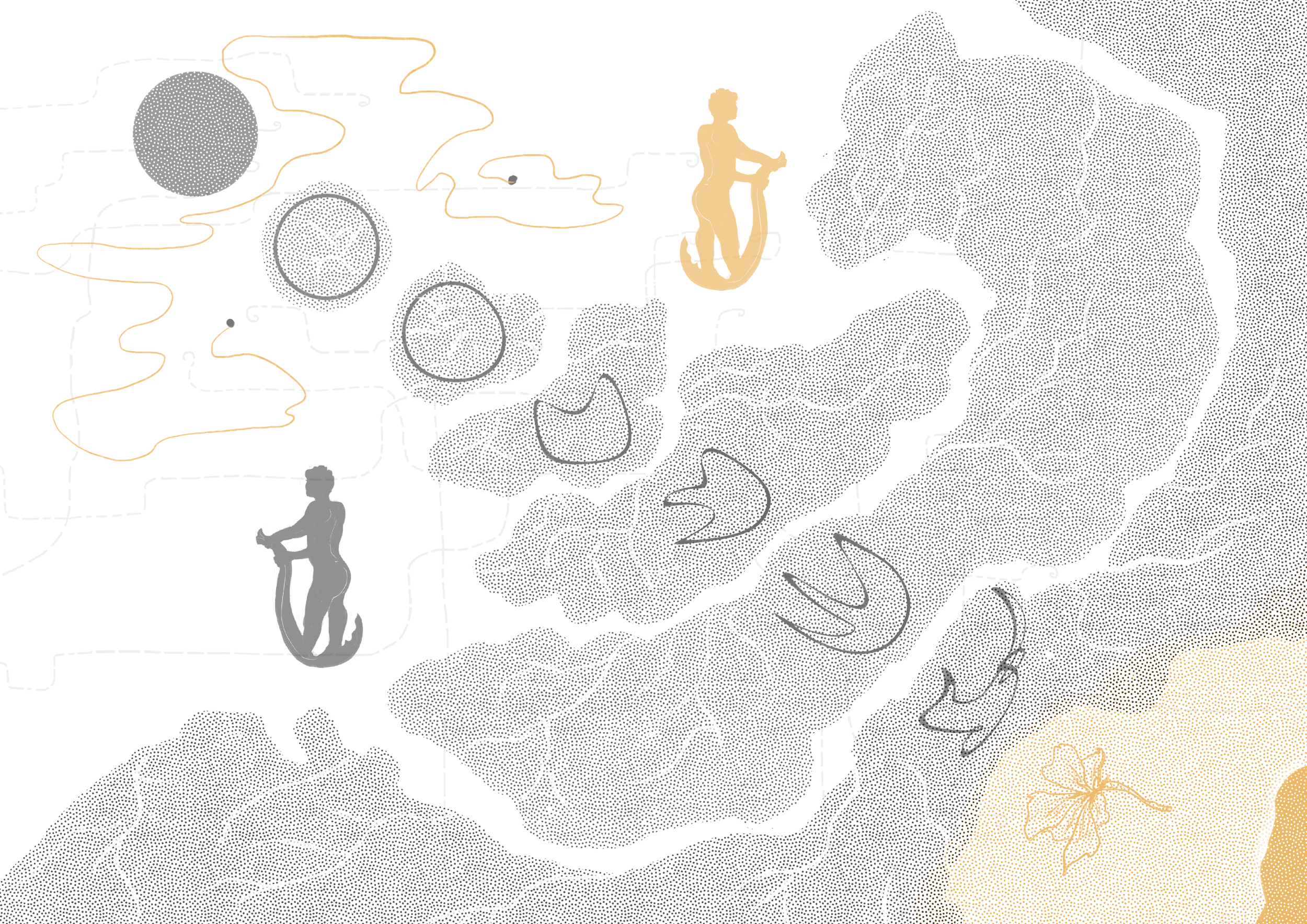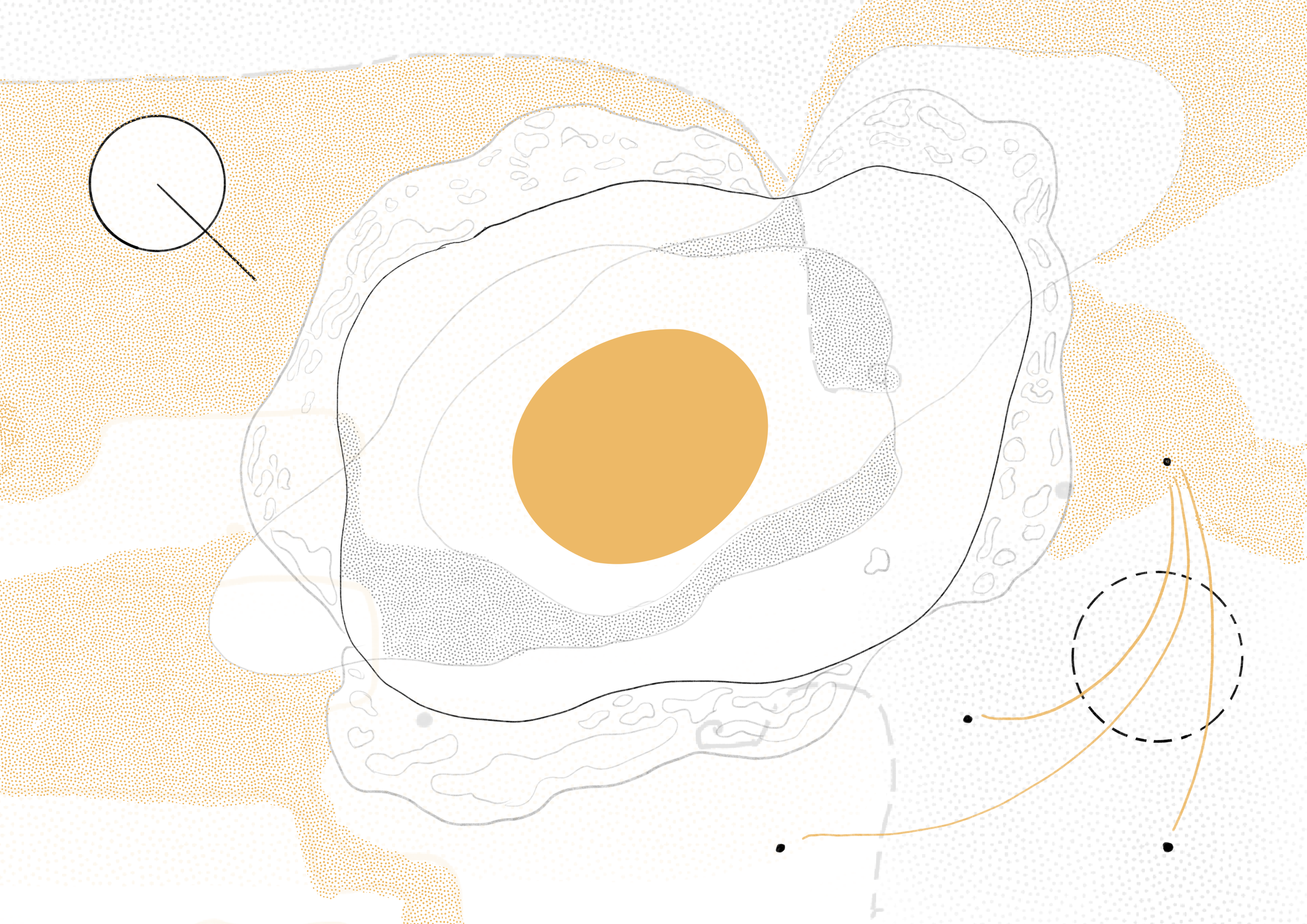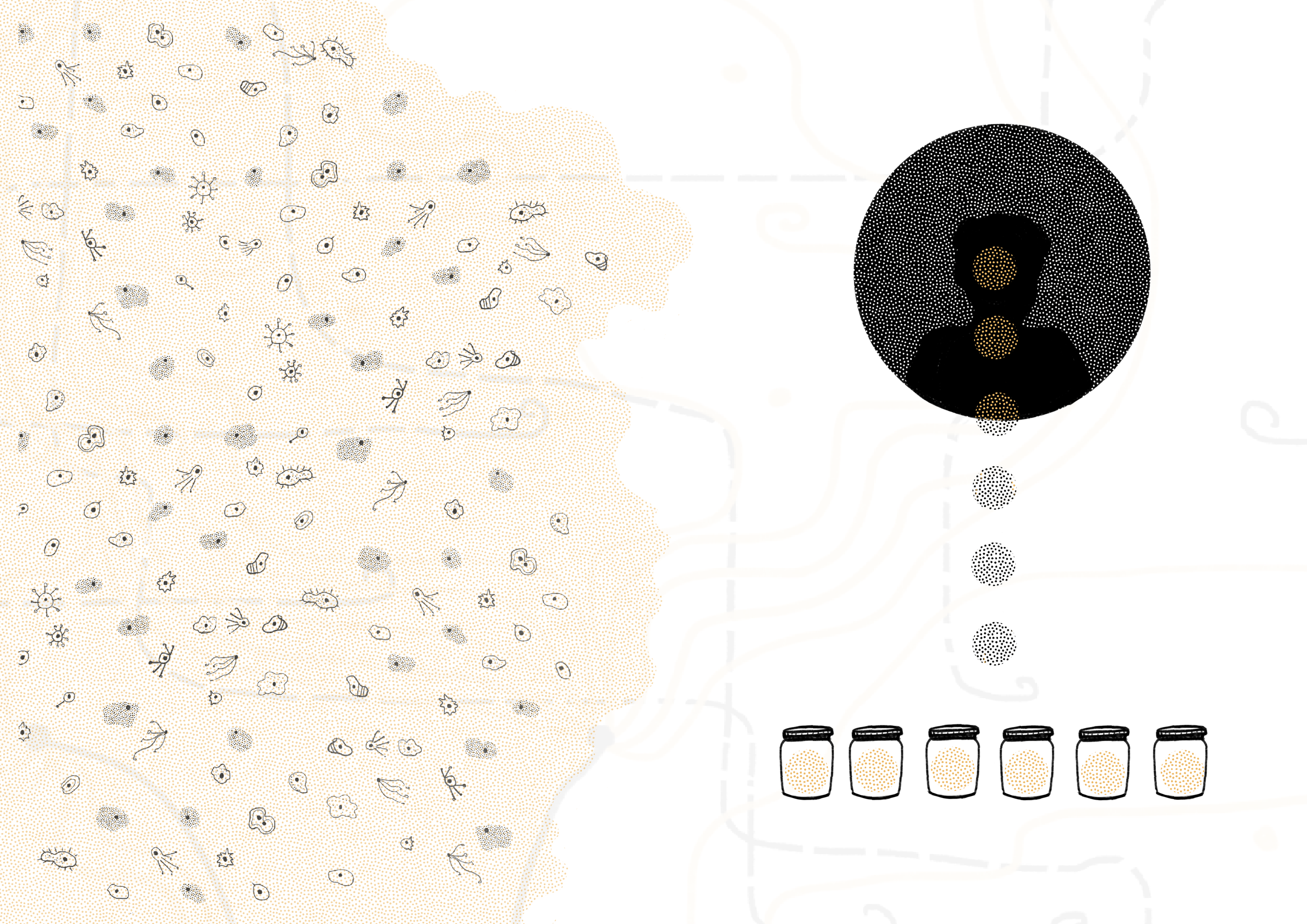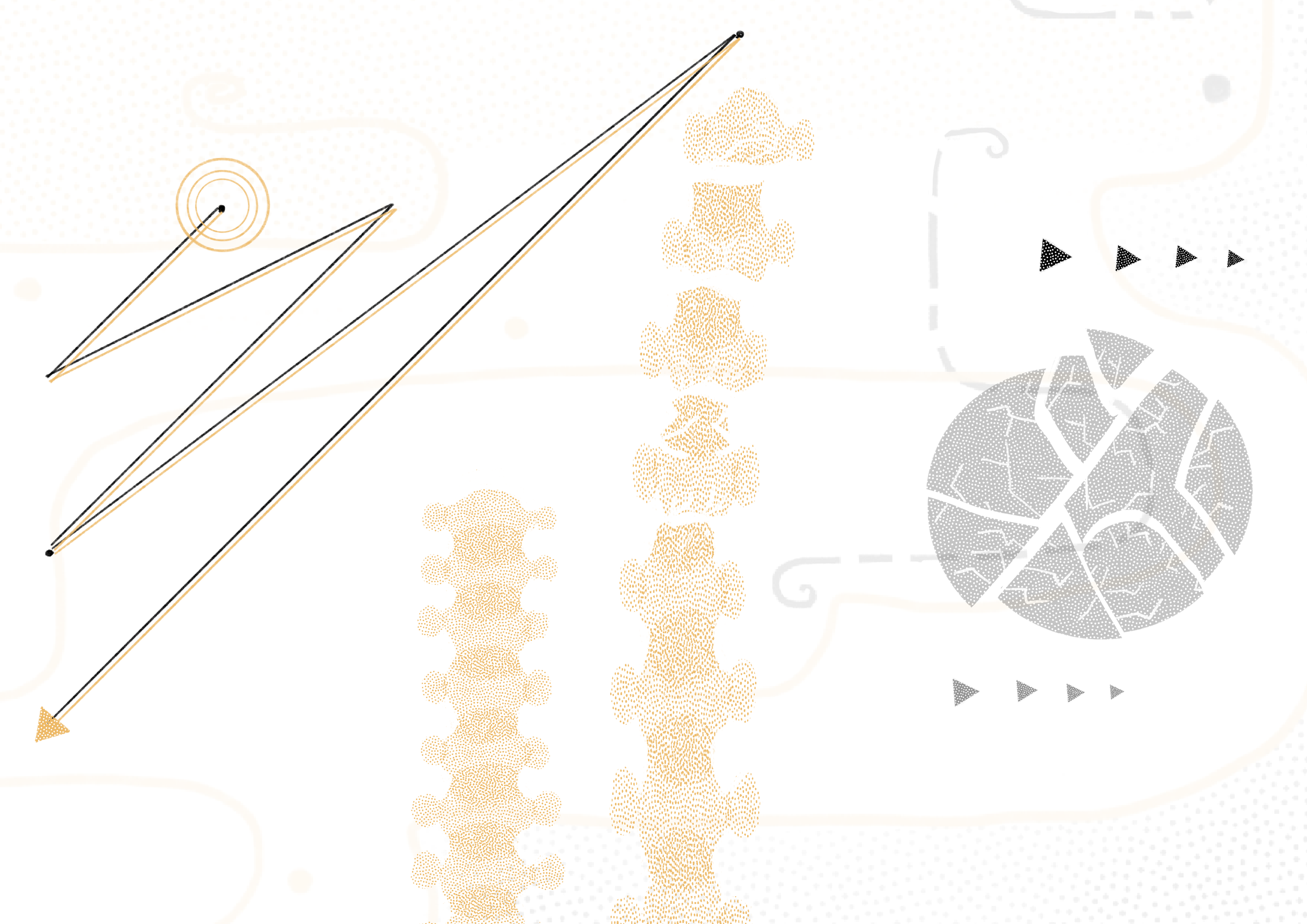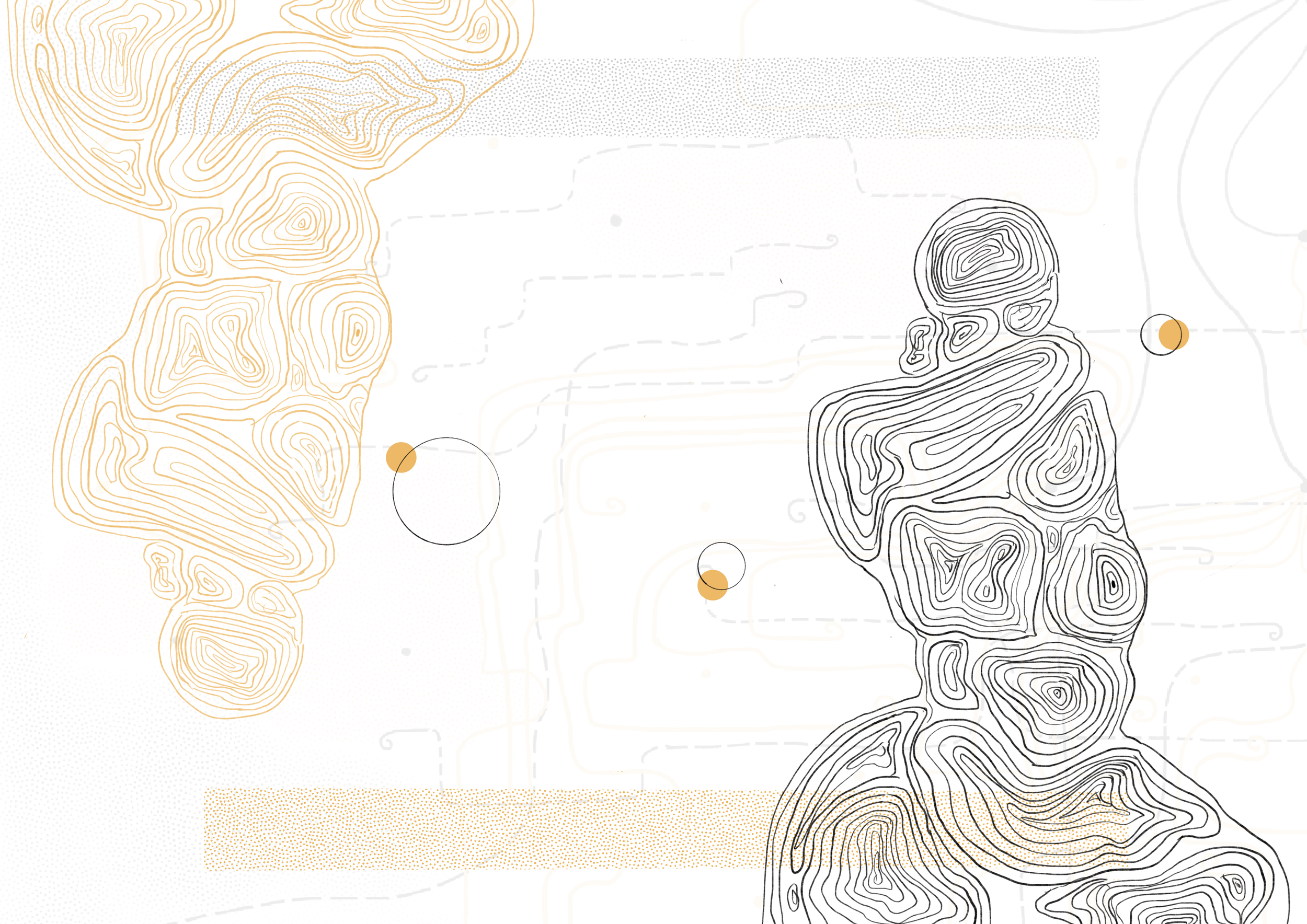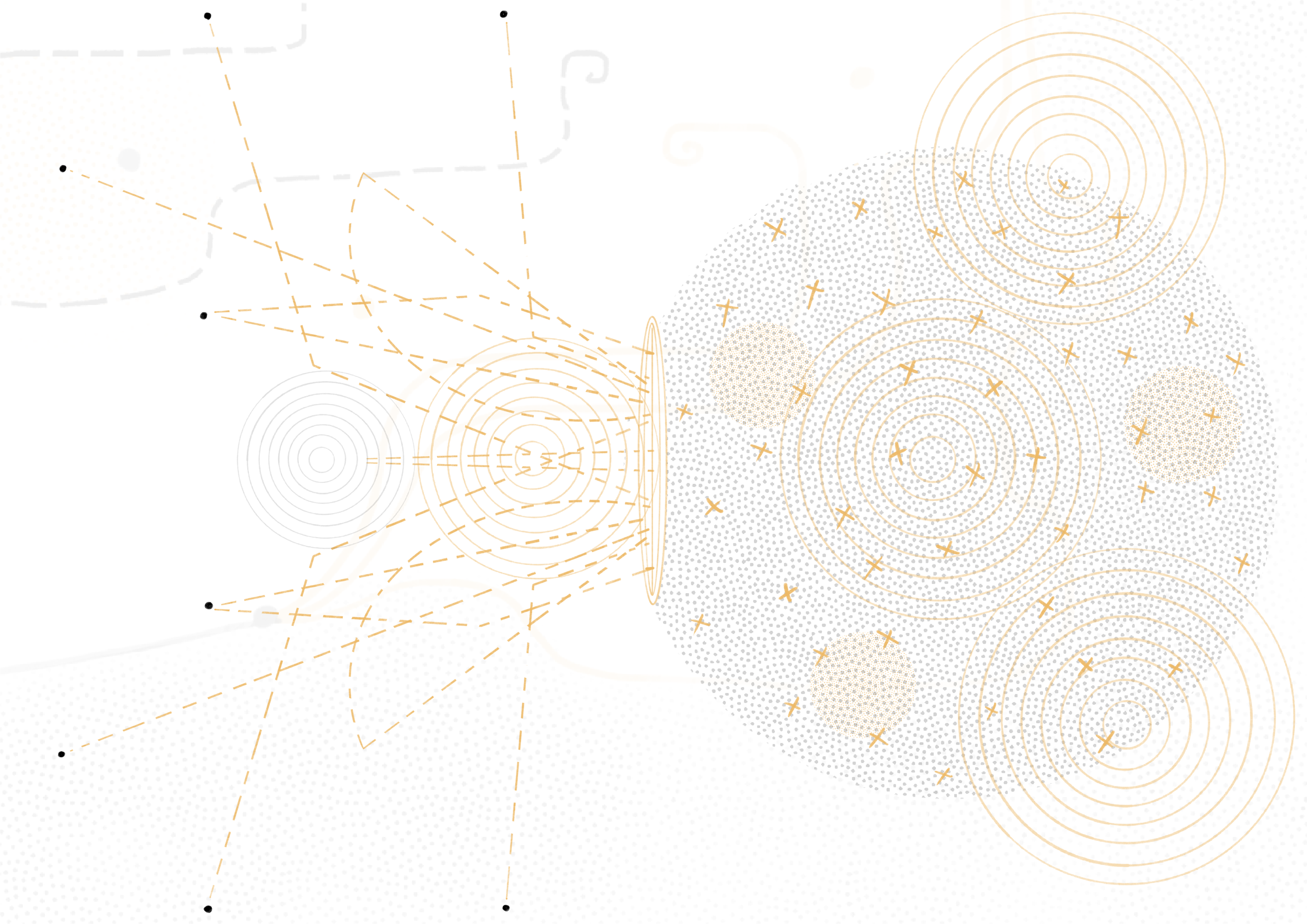Last(ing): Week 2
PARVATHI RAMANATHAN
All of a sudden, I am alert. Where is this smell coming from? I spin, twisting around myself, this way and that. Craning my neck, I try to smell my back. I press my nose against my forearm. Where is this smell coming from?! Throughout the day, as I work, glued to my desk, whiffs of this familiar fragrance tickle my senses. Every time, it intrigues me, perturbs me. I walk around the empty house to find its source, but don’t catch this smell in any other corners. Opening the window to Berlin’s crisp air also doesn’t give me any clues. Back in my seat, when a blast of the smell splashes at me once more, I jerk into action. I smell the cushion covers, my clothes, the table and the books on it. I cannot identify the source of that smell. It is unmistakable. This is that very same smell.
Over two decades ago, after my father moved to Kuwait for a job, he would visit us in Mumbai about once a year. On good years, he would even be able to make two visits, mostly during the month of Ramzan. Sometimes, he would surprise us with a visit during Diwali or around the time of one of our birthdays. My father, who has a propensity for surprises, would simply turn up at the door with a suitcase and a carton. These were mostly full of shoes and clothes of different sizes so that we, including members in our extended family, could choose from whatever fit us. At age 10, I was growing up fast, as were my cousins. Our bodies continued changing as we leapt into puberty. These were times before fast internet and video calls, and Appa could only guess at how we’d grown in the time since he had last seen us. So he had a wholesale approach towards the gifts he got us from the foreign land: shoes in three sizes, with colour options in each one of them, t-shirts, socks, banyans, and frocks in a couple of designs. We were thrilled by Appa’s surprises and the enthusiasm would continue as we unpacked his baggage – trying on different clothes, many of them meant for air-conditioned houses in hot desert lands, rather than for Mumbai’s humid bays. What I remember well from these unboxed cartons is the faint smell emanating from them. It was a peculiar pleasant smell that came off every item. If Appa put some items into a cabinet, this smell was in the air when its doors were opened. But it did not seem to be his perfume. What was it? I remember asking my mother once. “Remember when Viju visited from America? She had the same smell. Jo bhi foreign se aata hai, unke kapdon se yahi khushboo aati hai (Everyone who travels from ‘foreign’ to India, no matter where, brings tinges of this smell). It’s not possible that everyone uses the same washing detergent.” “So,” she surmised, “this is the smell of aeroplanes. They catch this smell on the flight here.” Since neither of us had ever been on an aeroplane, we couldn’t verify it. But I ate up Amma’s theory with the same enthusiasm as Appa’s visits. I began associating this smell with ‘foreign’ – distant unknown lands and worlds, landscapes and societies – different from my home in India.
And here I sit in Berlin, my new home for about a year now, catching the same smell on myself. This moment when I begin to smell ‘foreign’ to myself, is bewildering. I observe this feeling with curiosity. What is my association with the idea of foreign-ness? When did my smell start changing? Does this alter my connection with a sense of home? How long does a fragrance on the skin last?
Like my preoccupation with the smell of ‘foreign’, this week’s essays in Last(ing) offer an intimate inspection of the body to locate that which is ephemeral and invisible.
In a personal essay, Amulya B unravels the many manifestations and movements of grief in the body. She picks it out in the syllables of her mother tongue Kannada and systematically unpacks it in other literary works. She discovers its many colours and the companions that accompany this emotion.
Dayita Nereyeth’s essay traces another corporeally invisible and often ungraspable notion: that of sensing connection in the body. She takes the reader along in her journey of letting go of stretching as a restorative practice – a long-held tradition and habit for dancers. She shares tools espoused in Alexander Technique that emphasize on the human and the dancer as a psychophysical whole. Rather than a body that is always ‘doing’, we meet a body that can wait, watch and allow.
This is followed by Johanna Heusser’s essay that is also on a quest to locate meaning in the body and when it is placed in different sites. Written in the wake of making a performance, How to do a Downward Facing Dog, she reflects on her relationship with yoga as a white cis-woman from Switzerland. What is the currency of this Yoga in the world today, how does it circulate and what does it mean to her?
